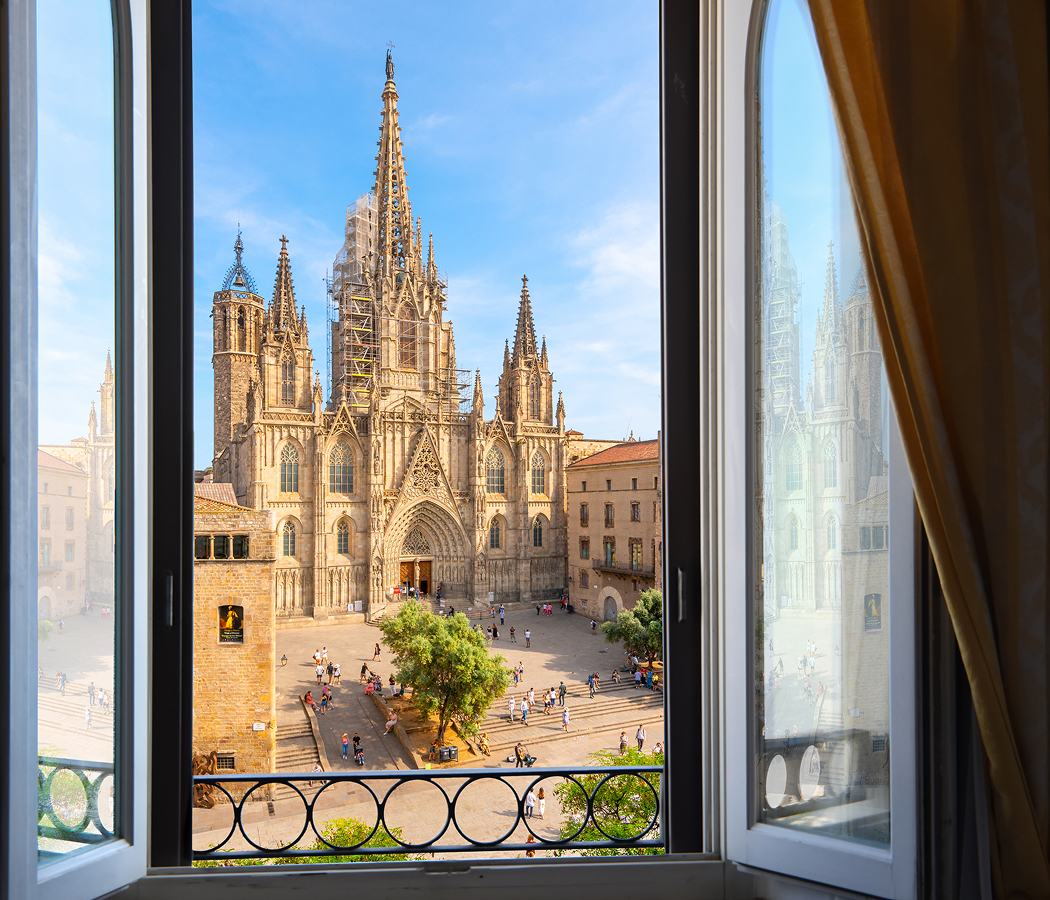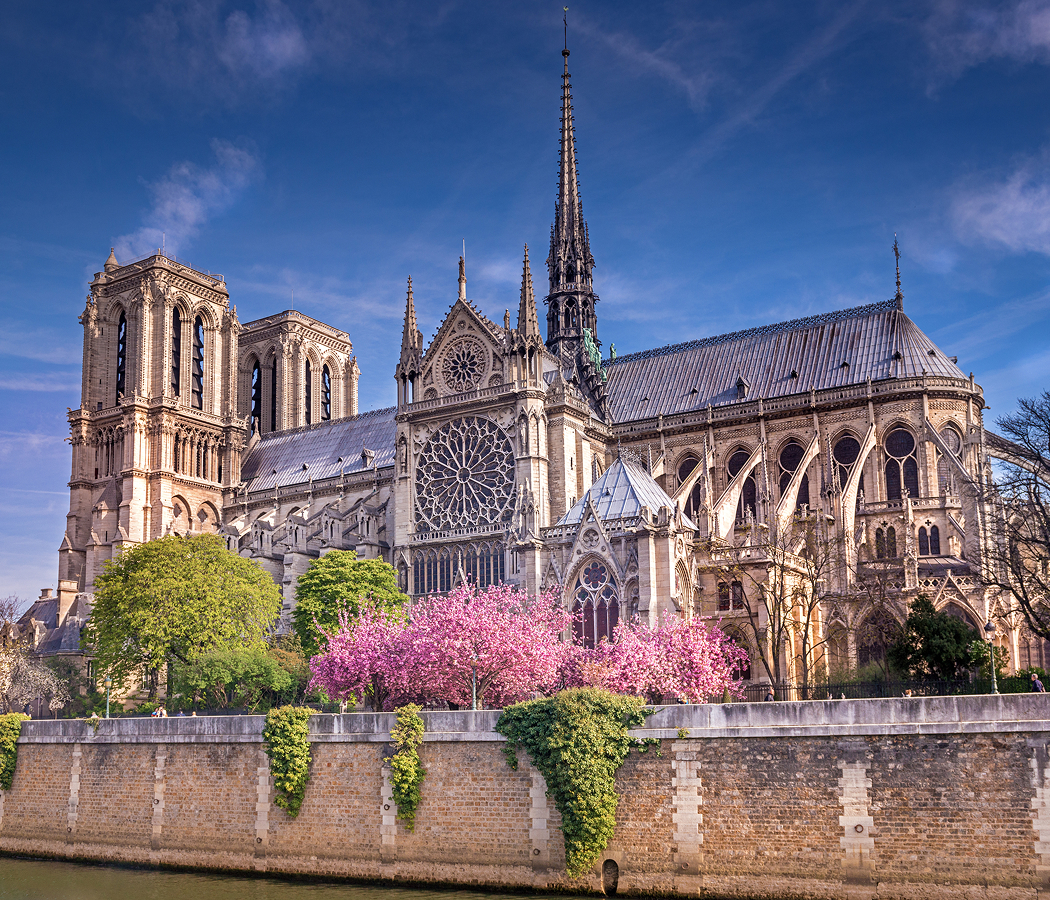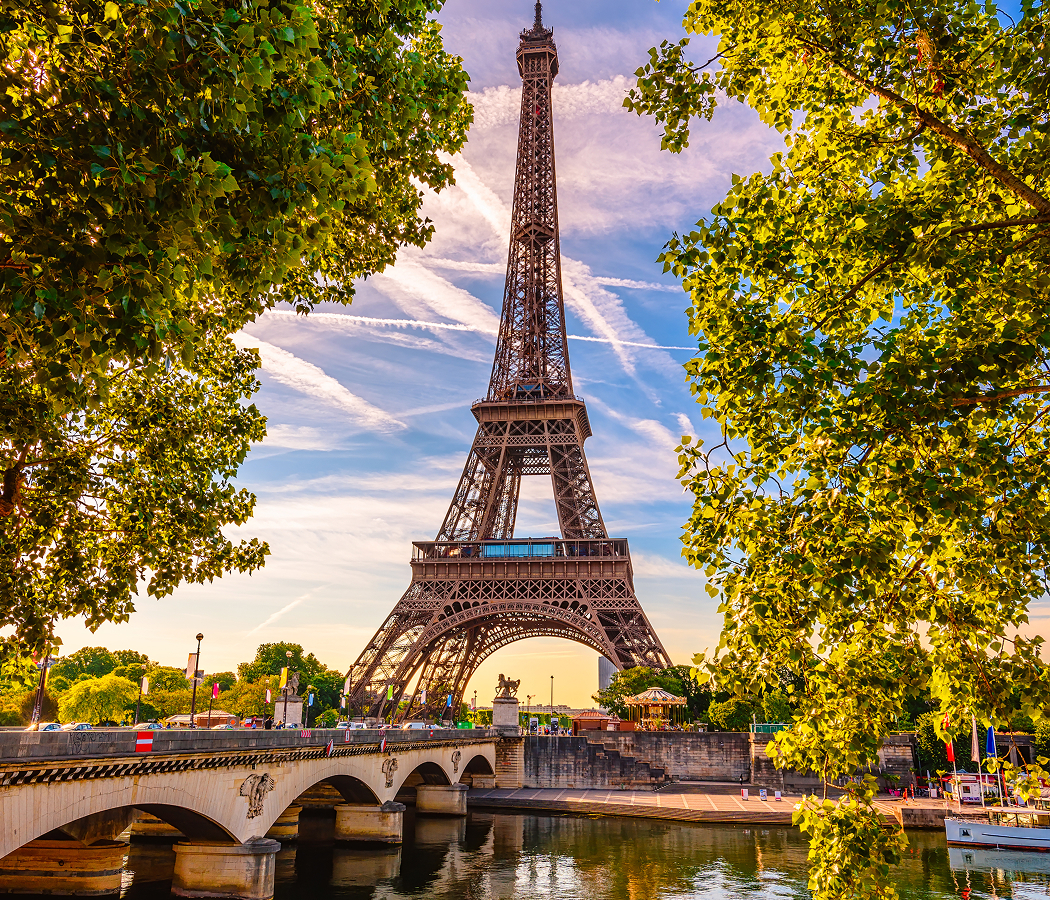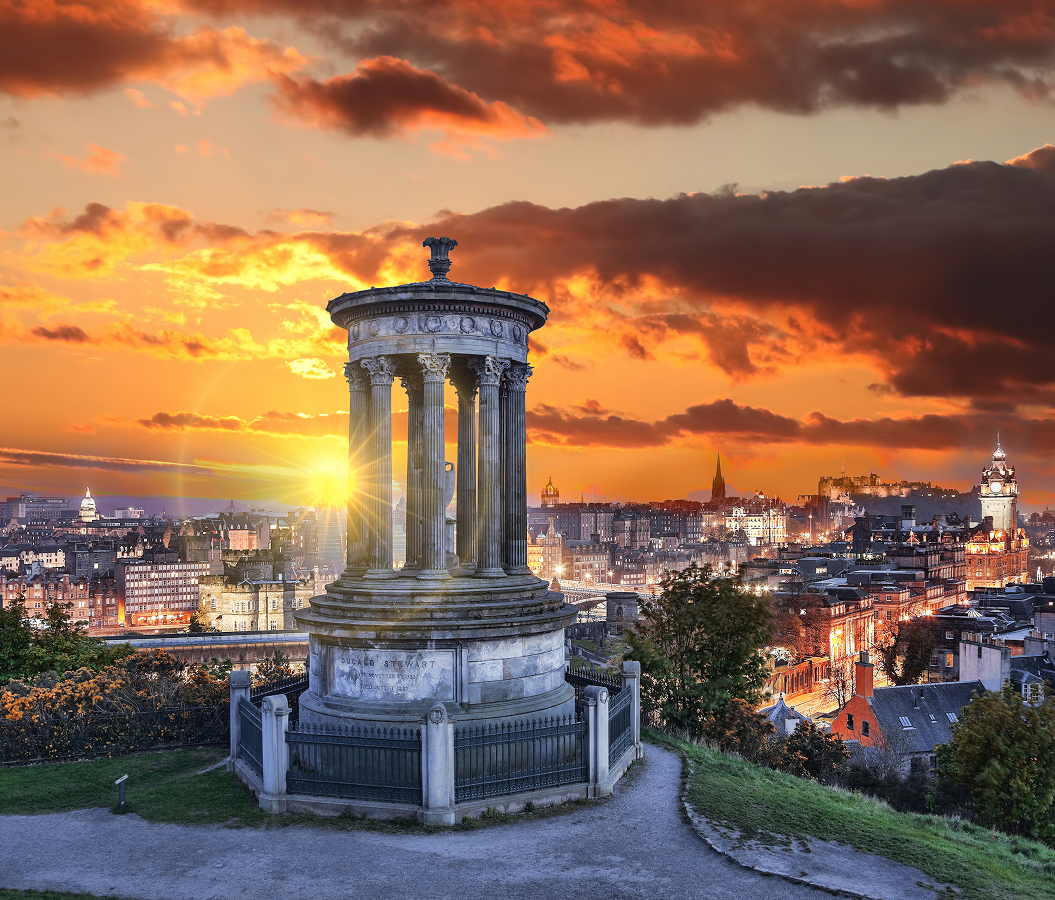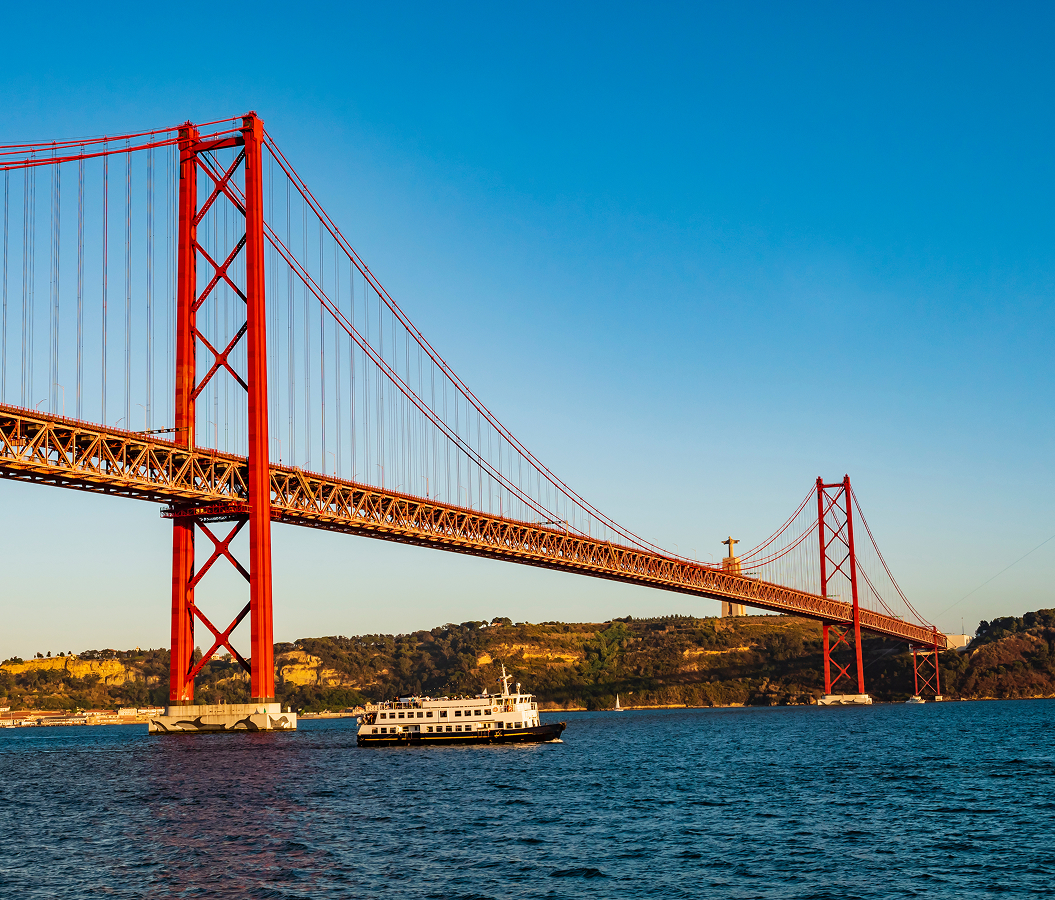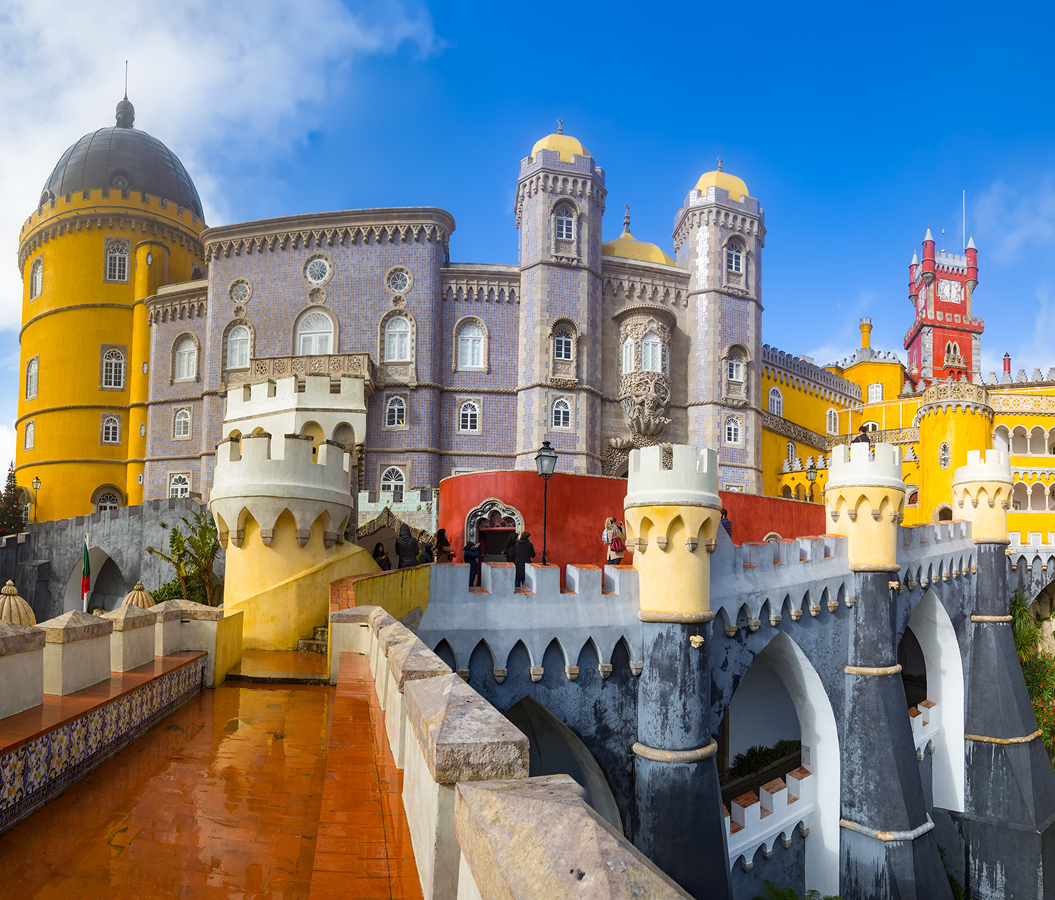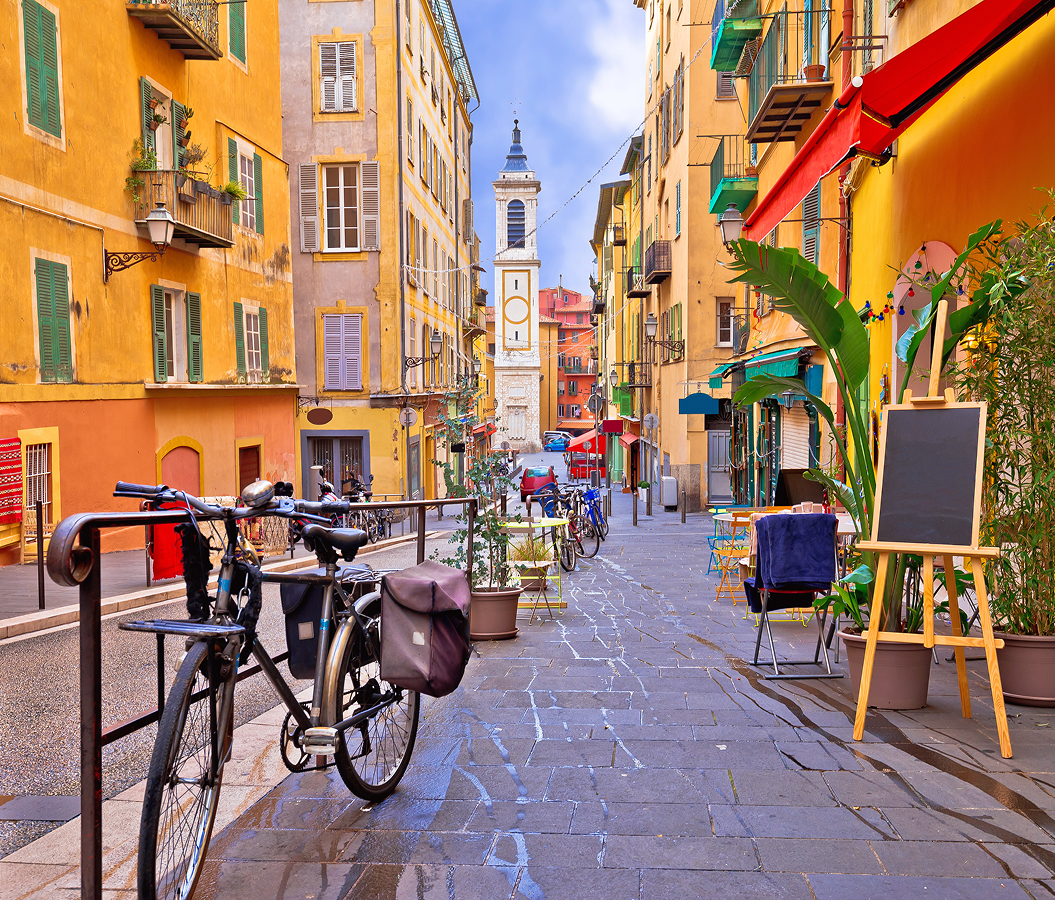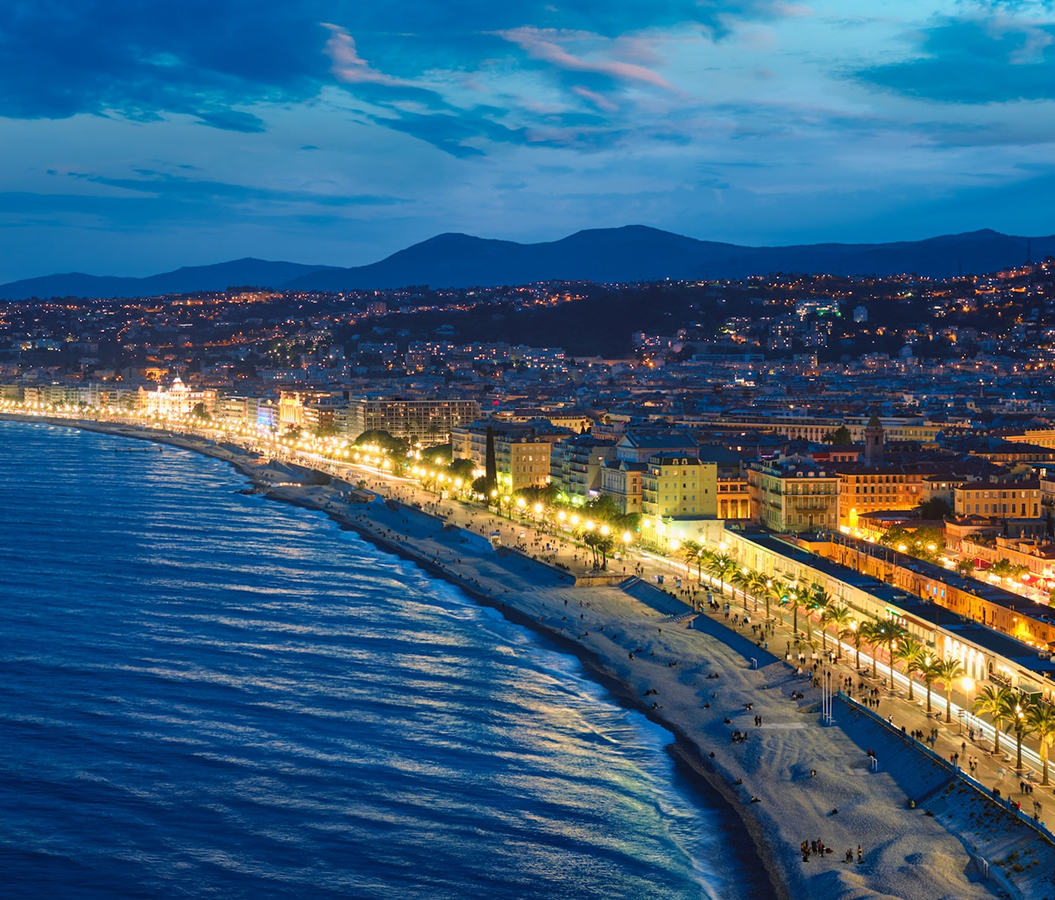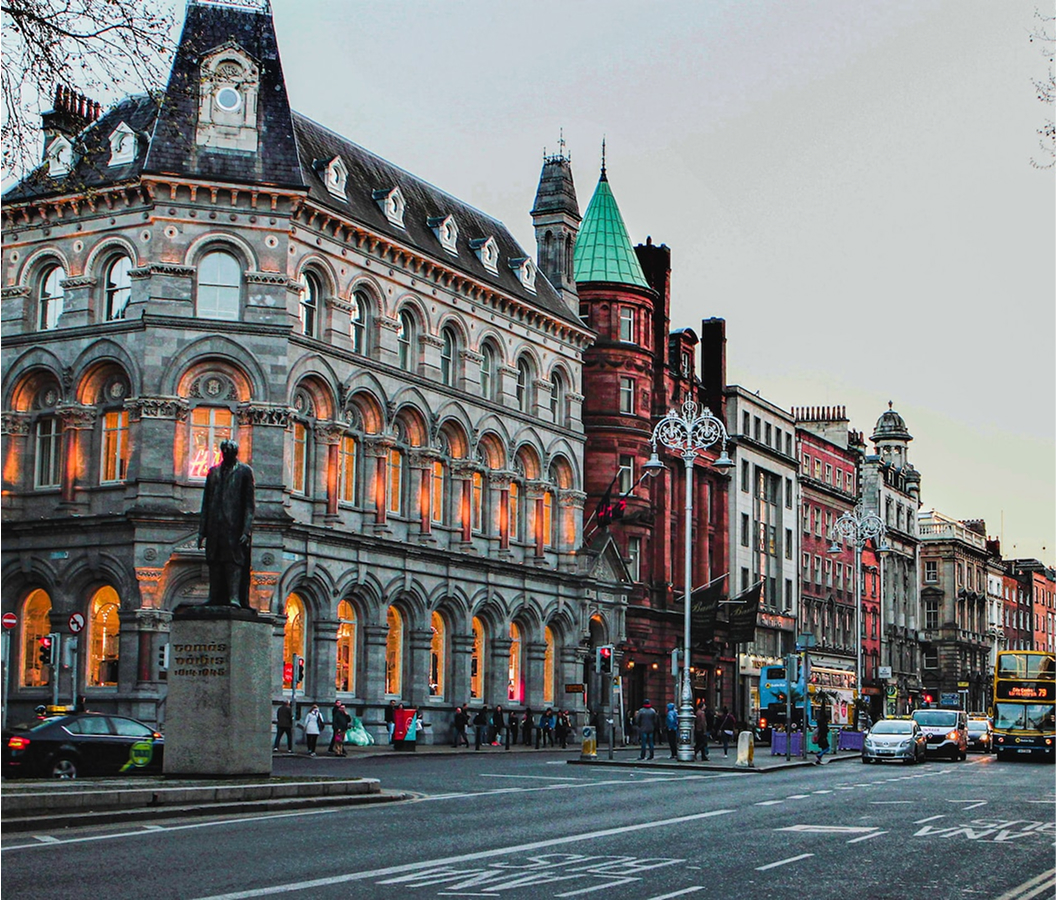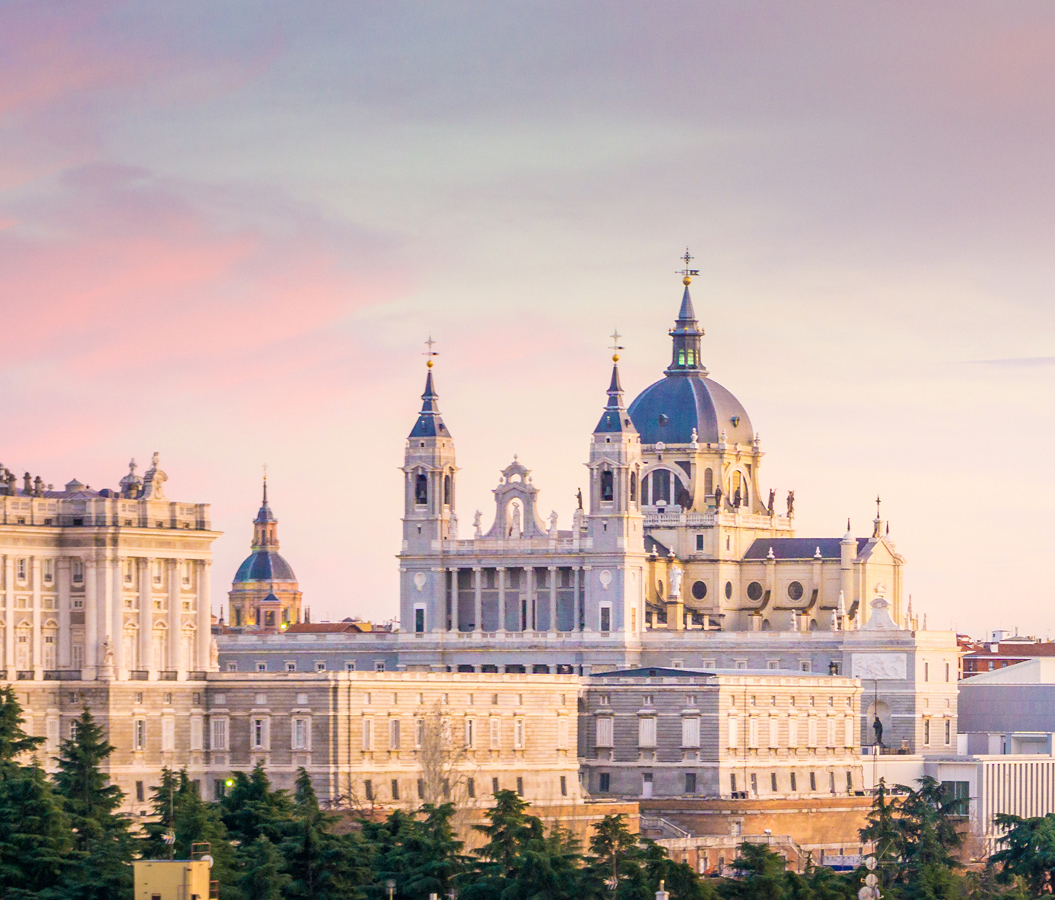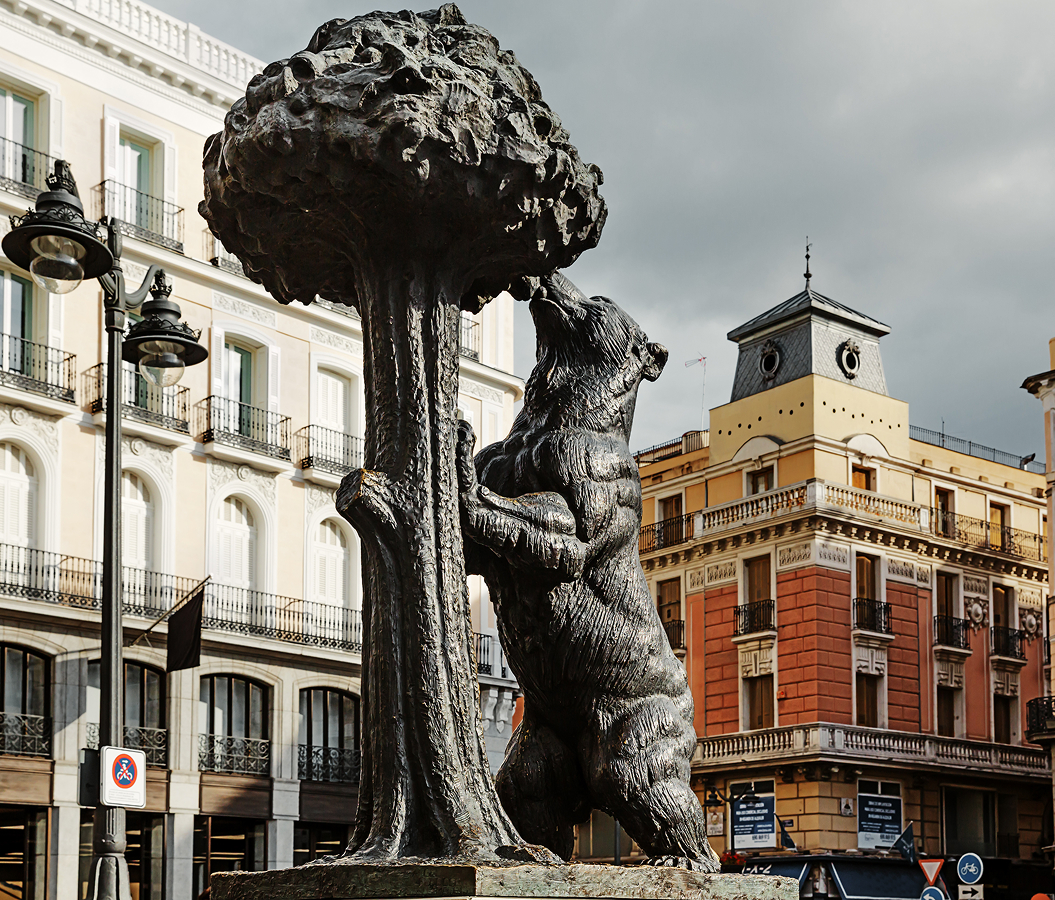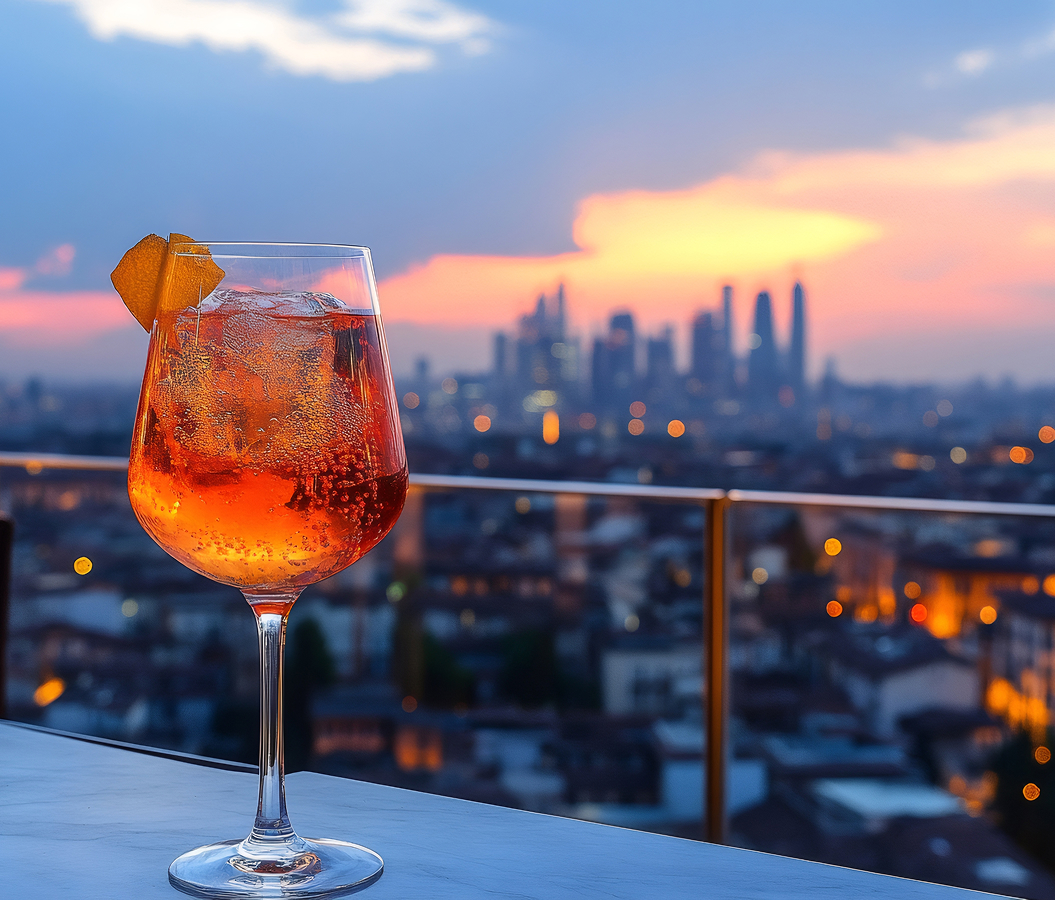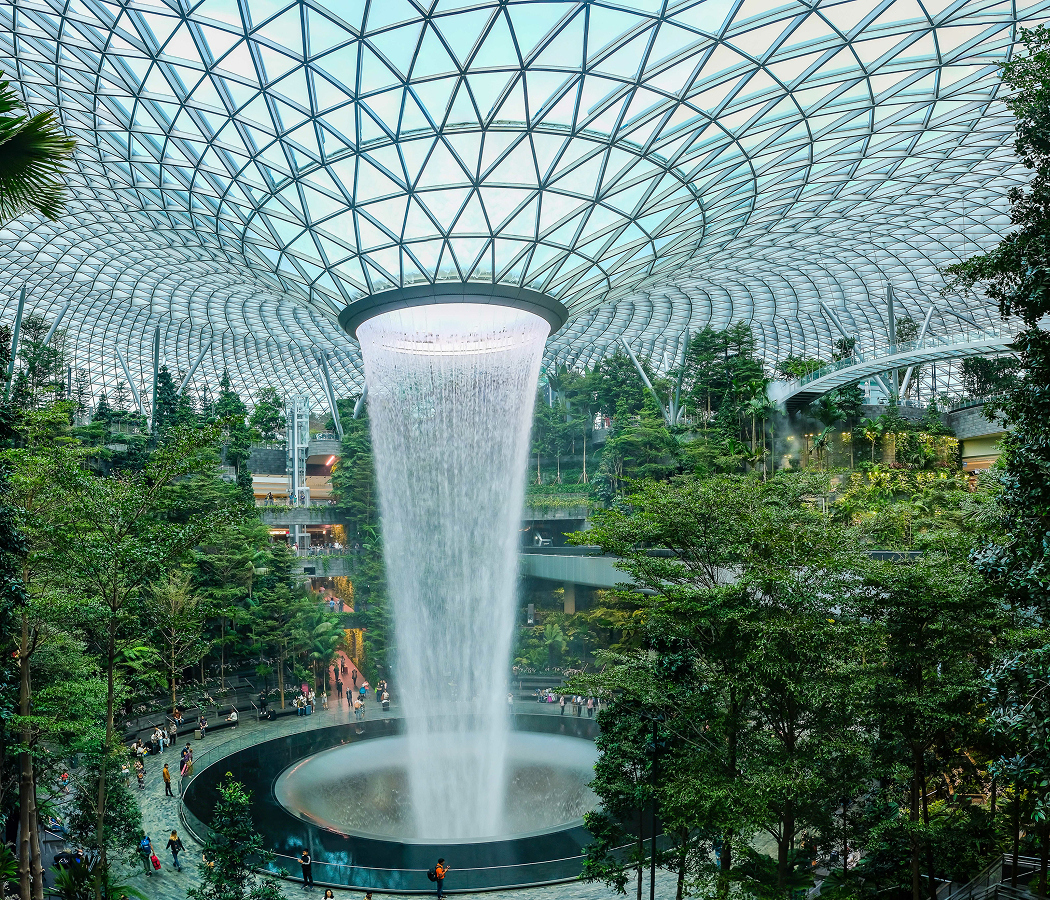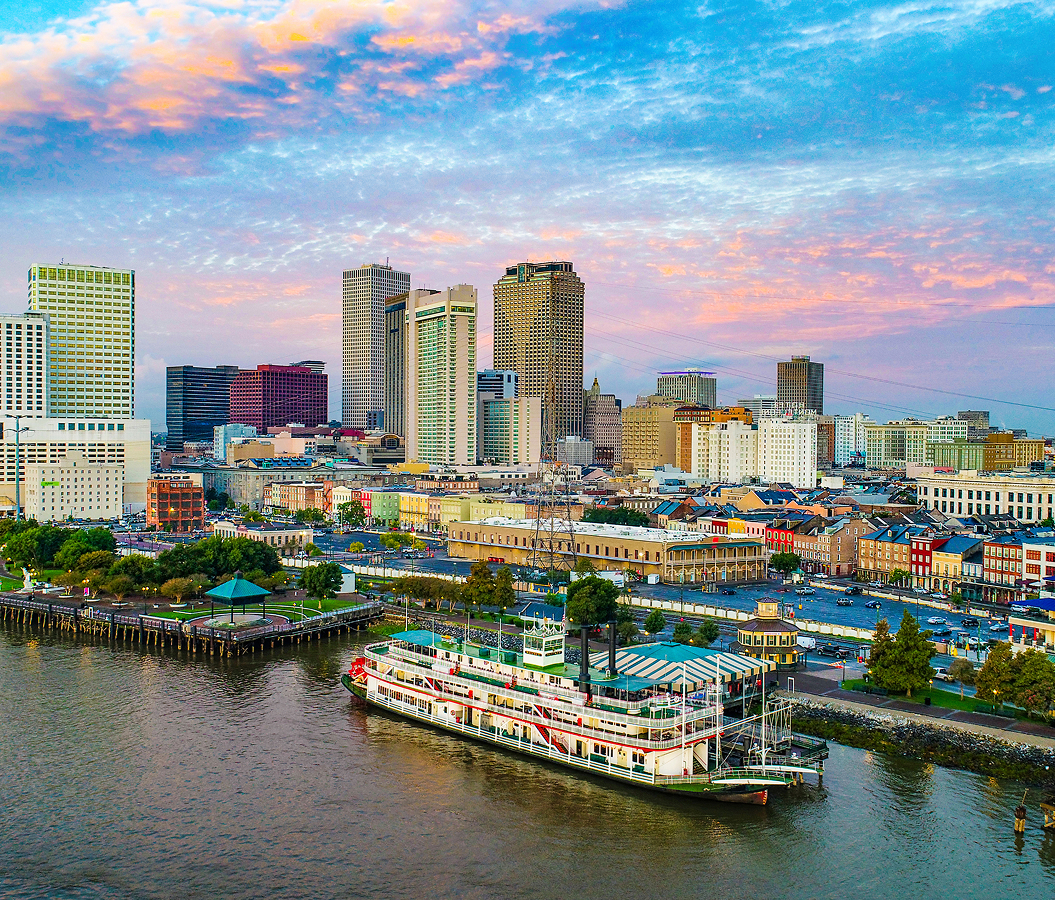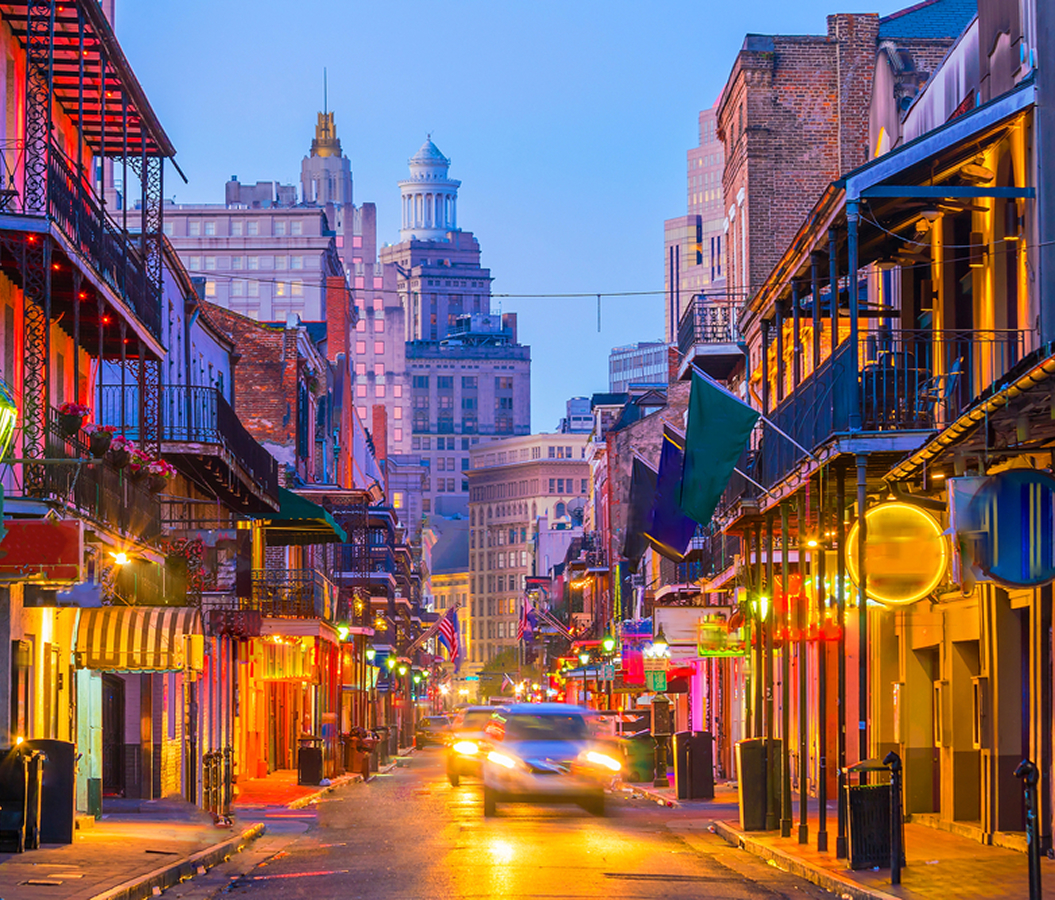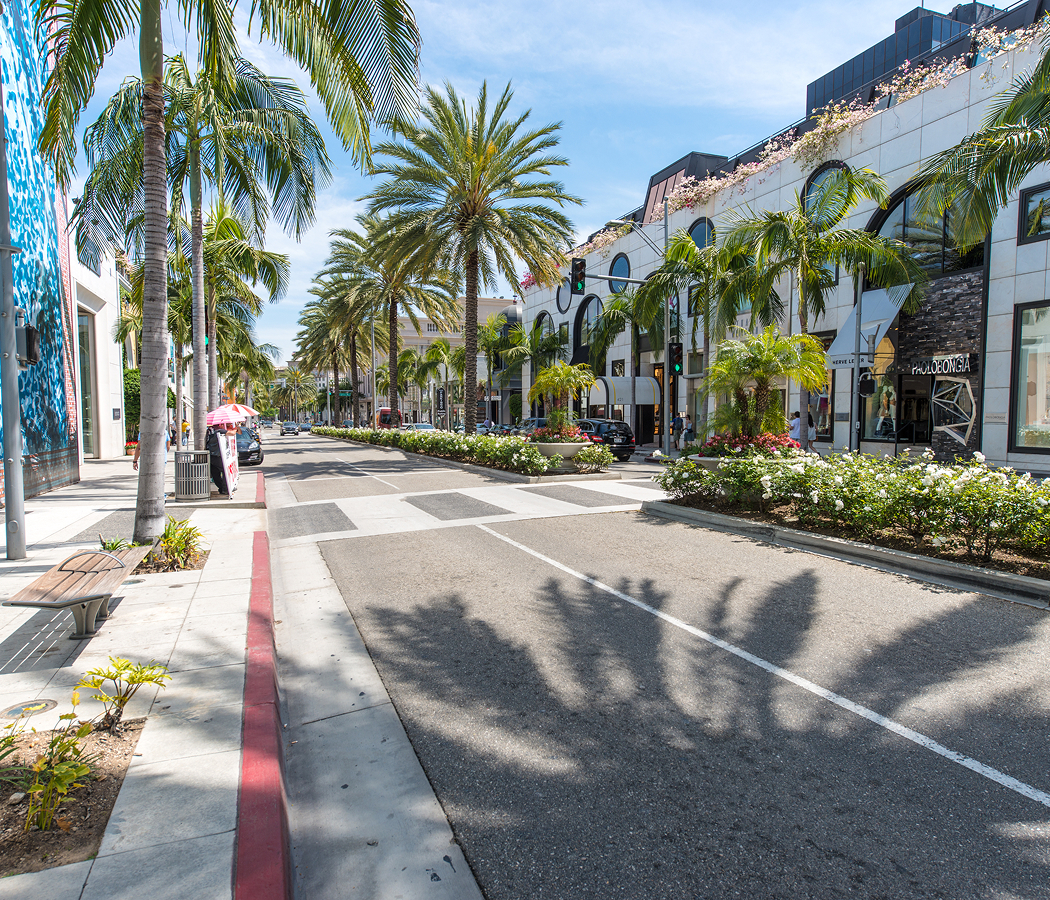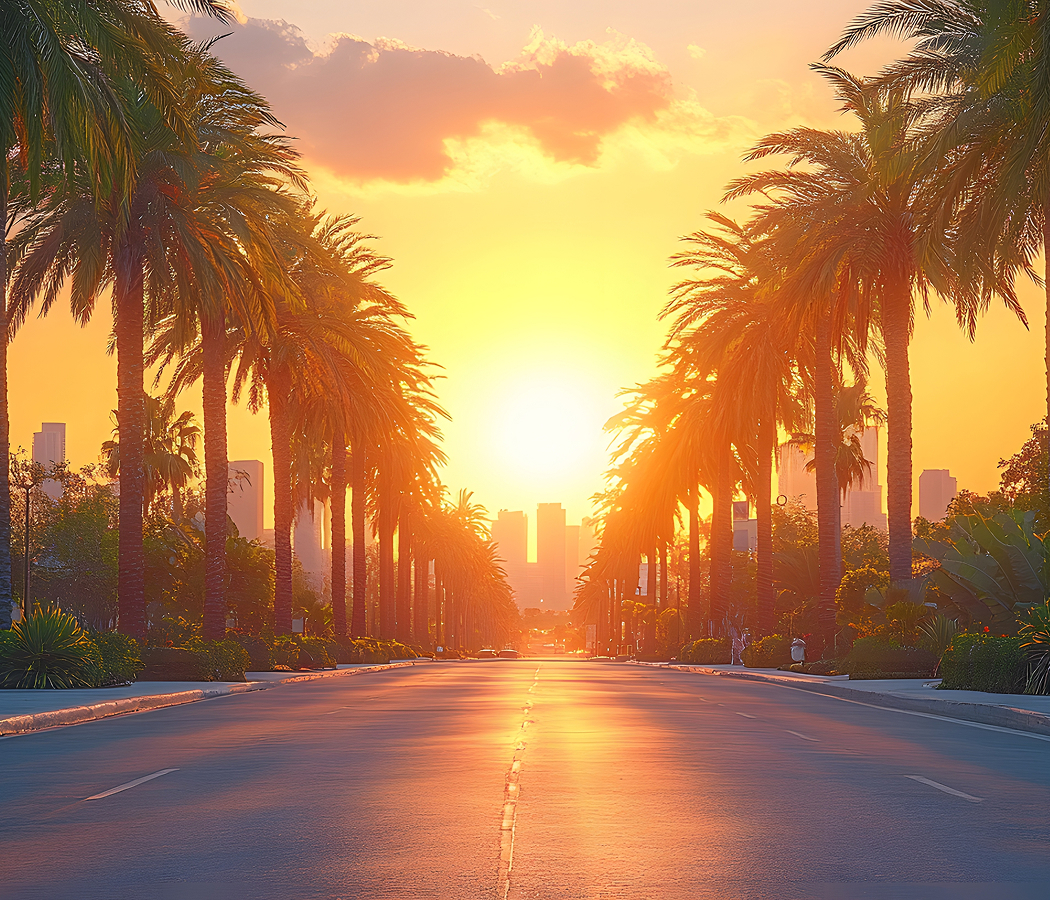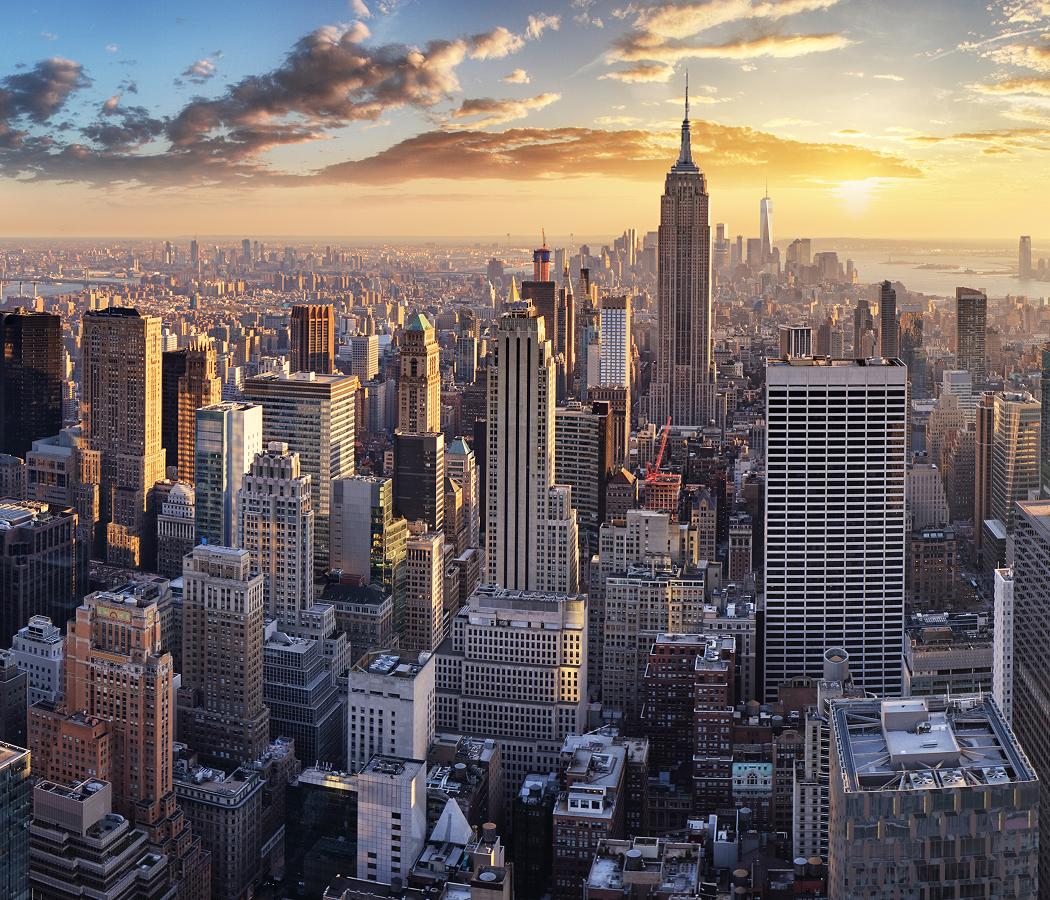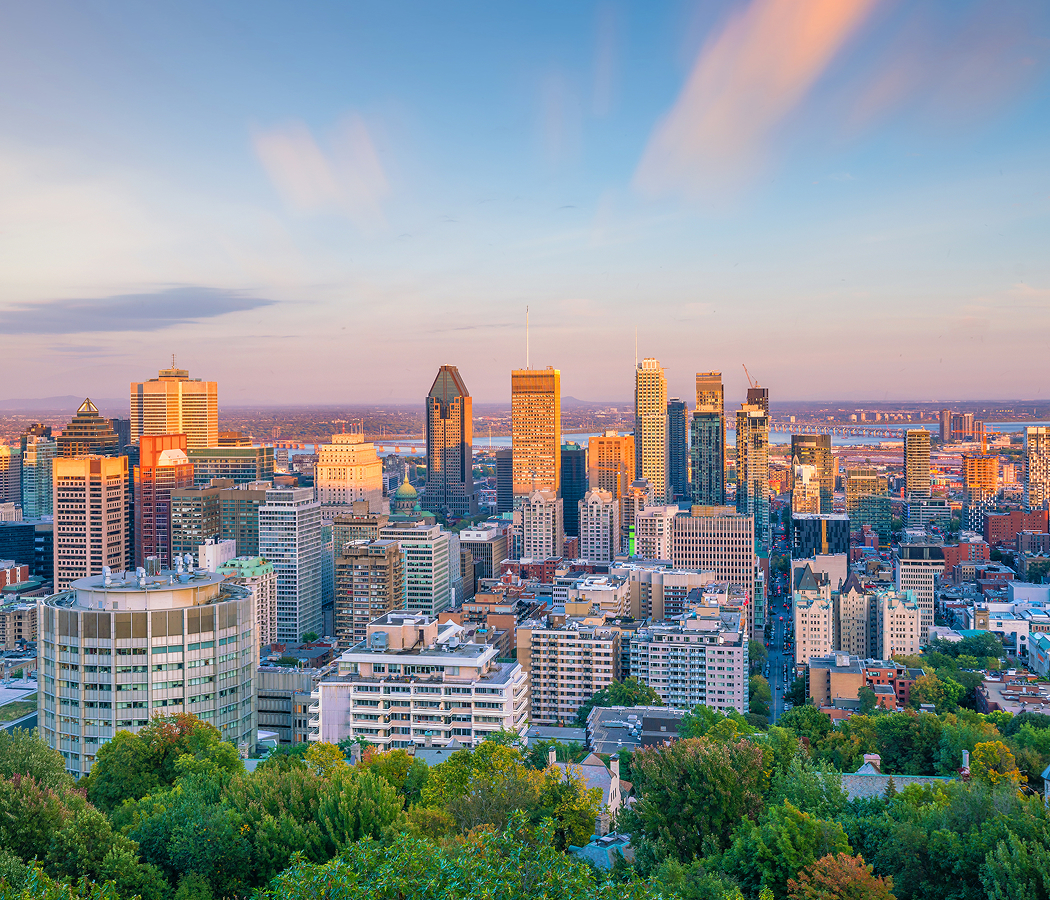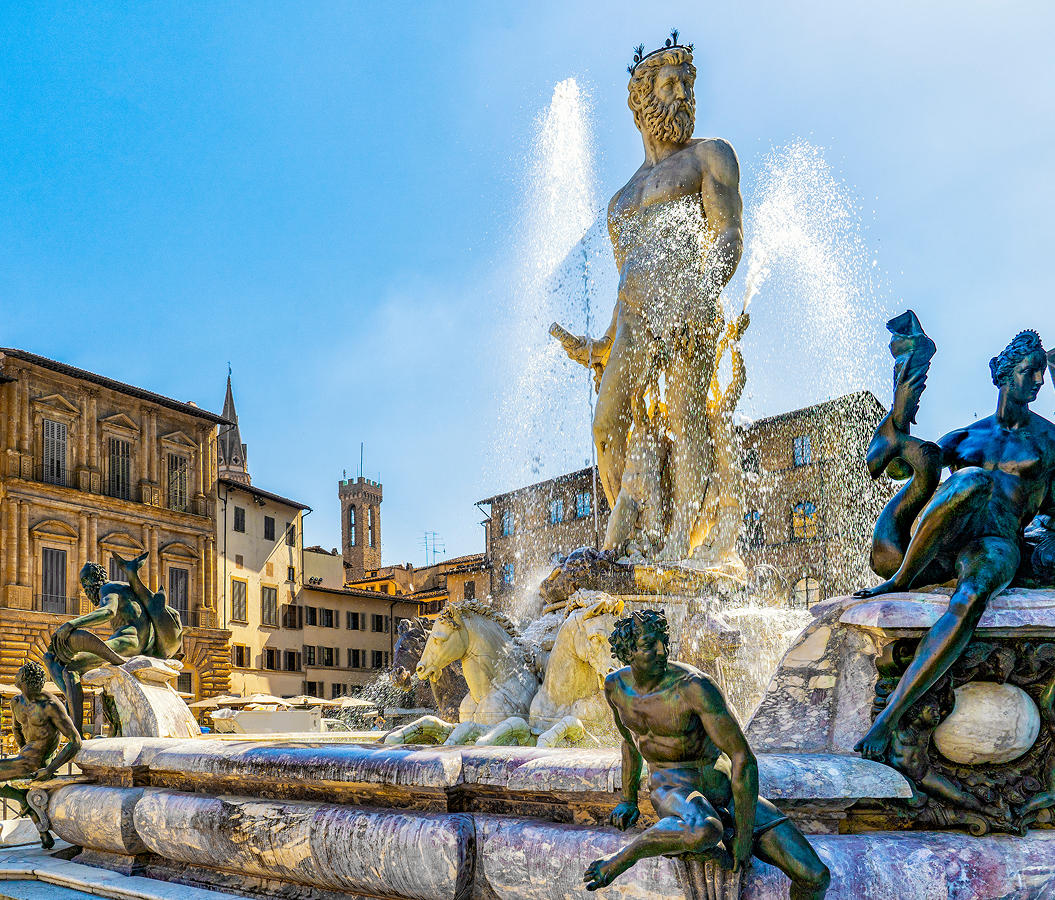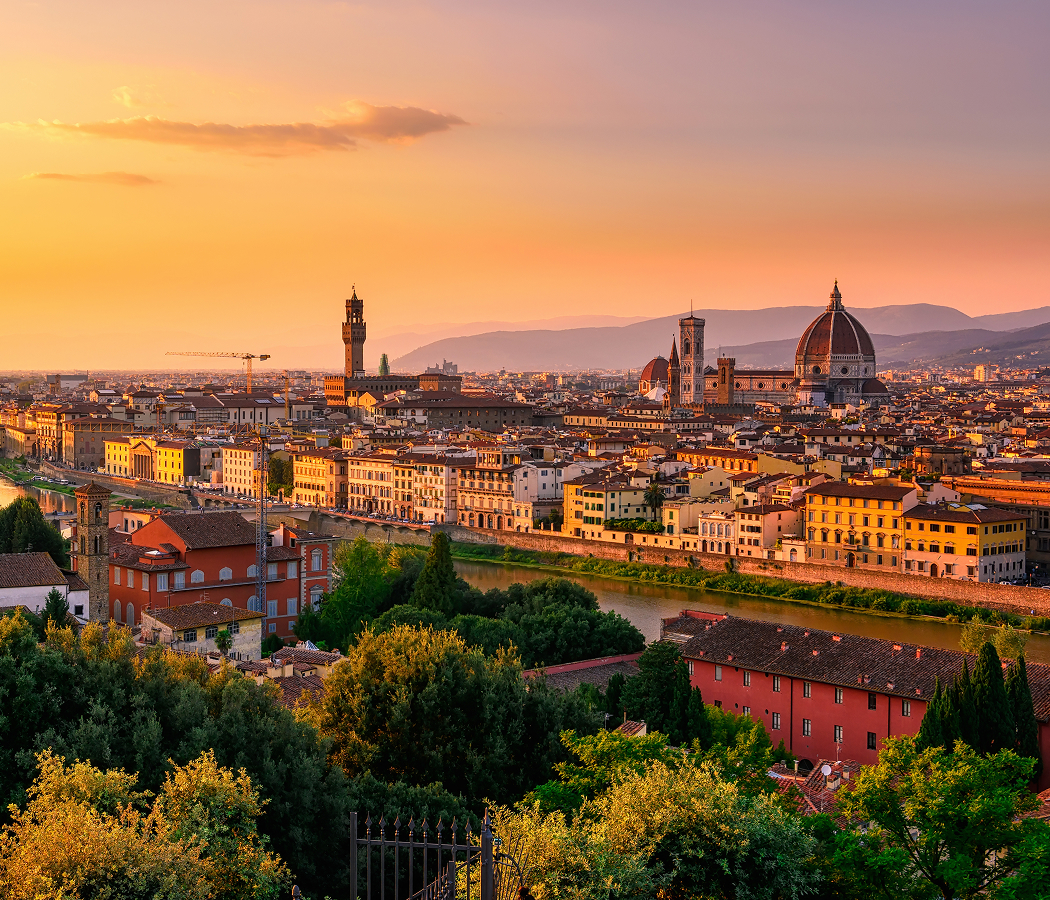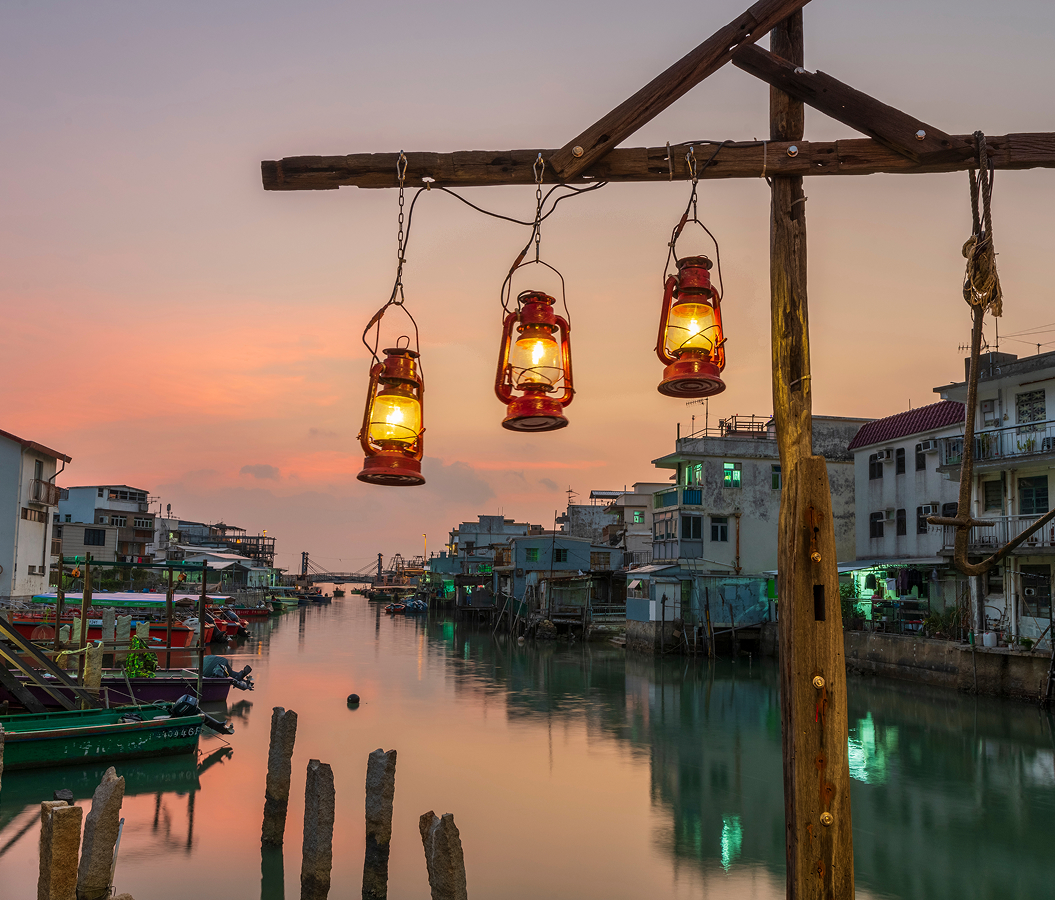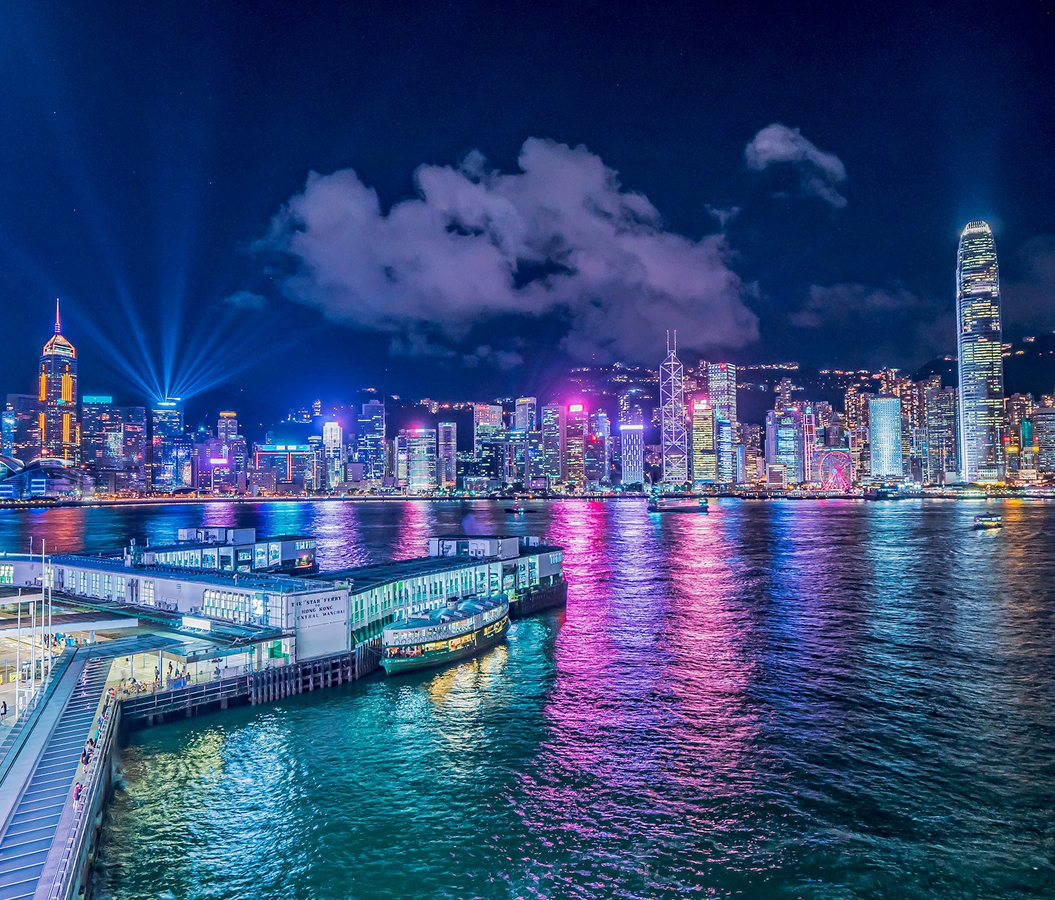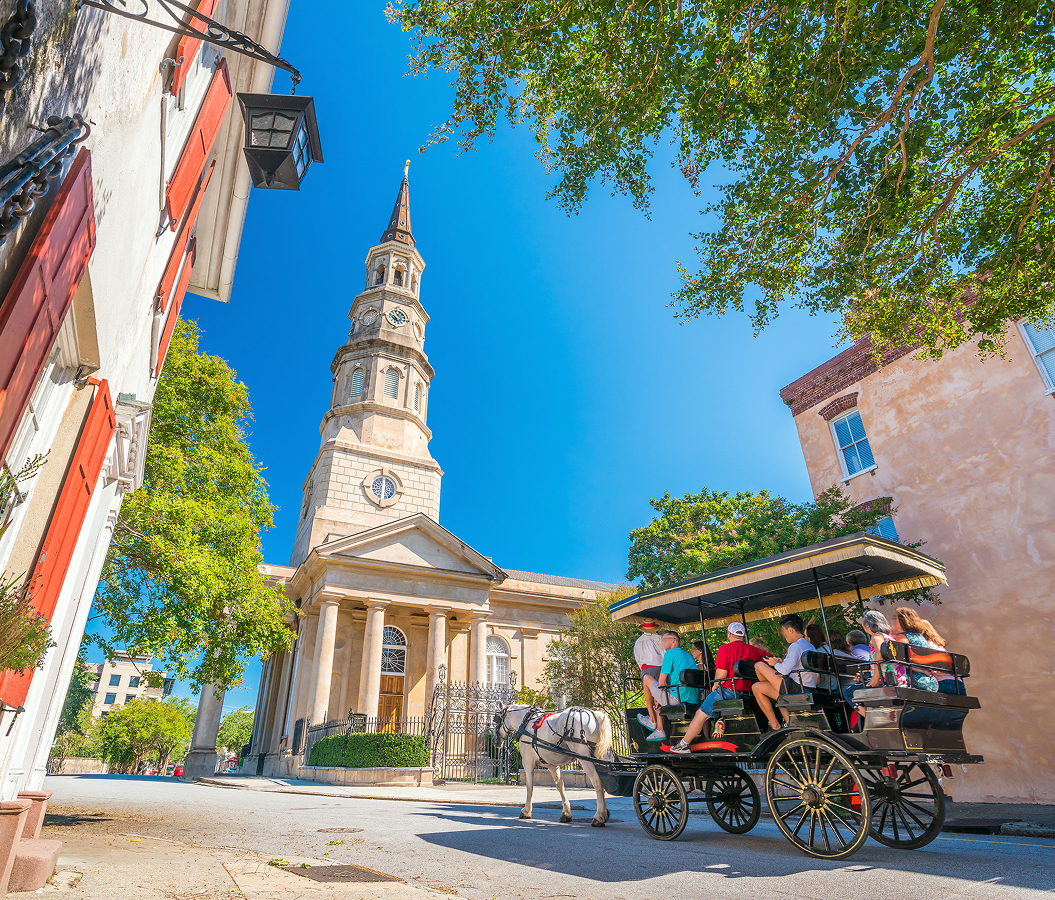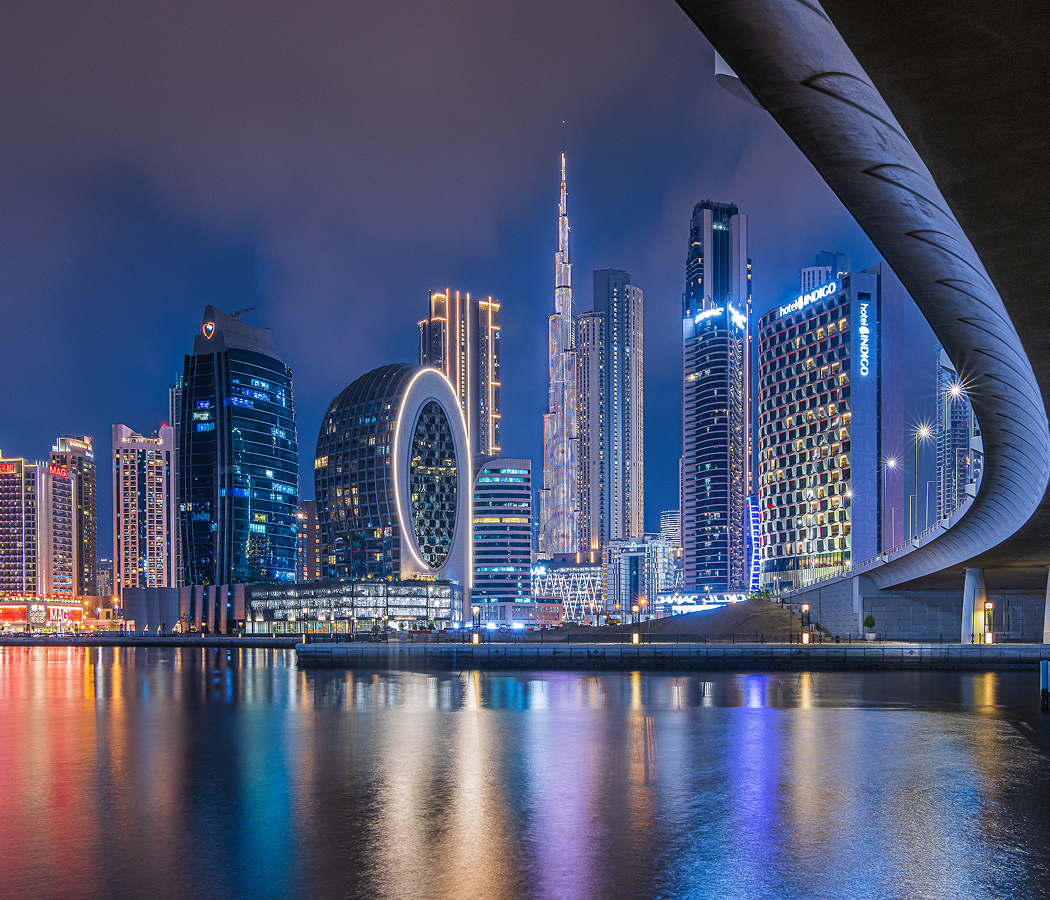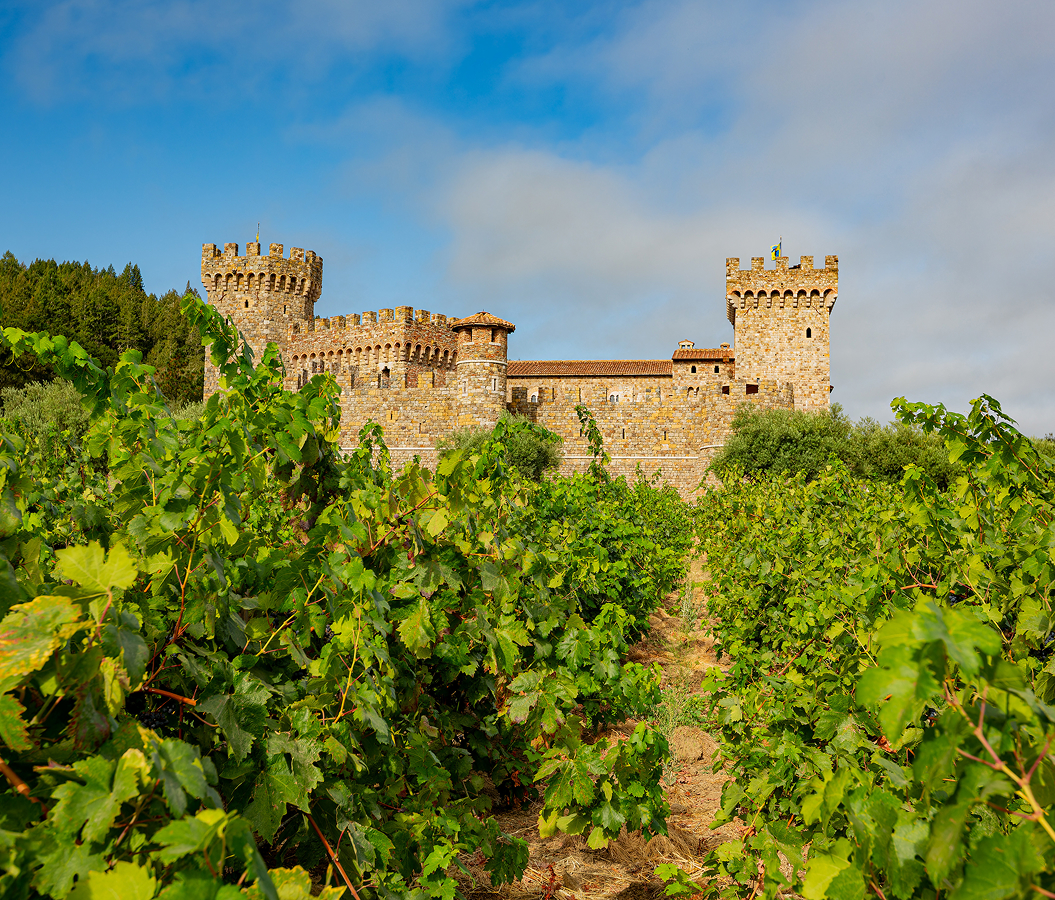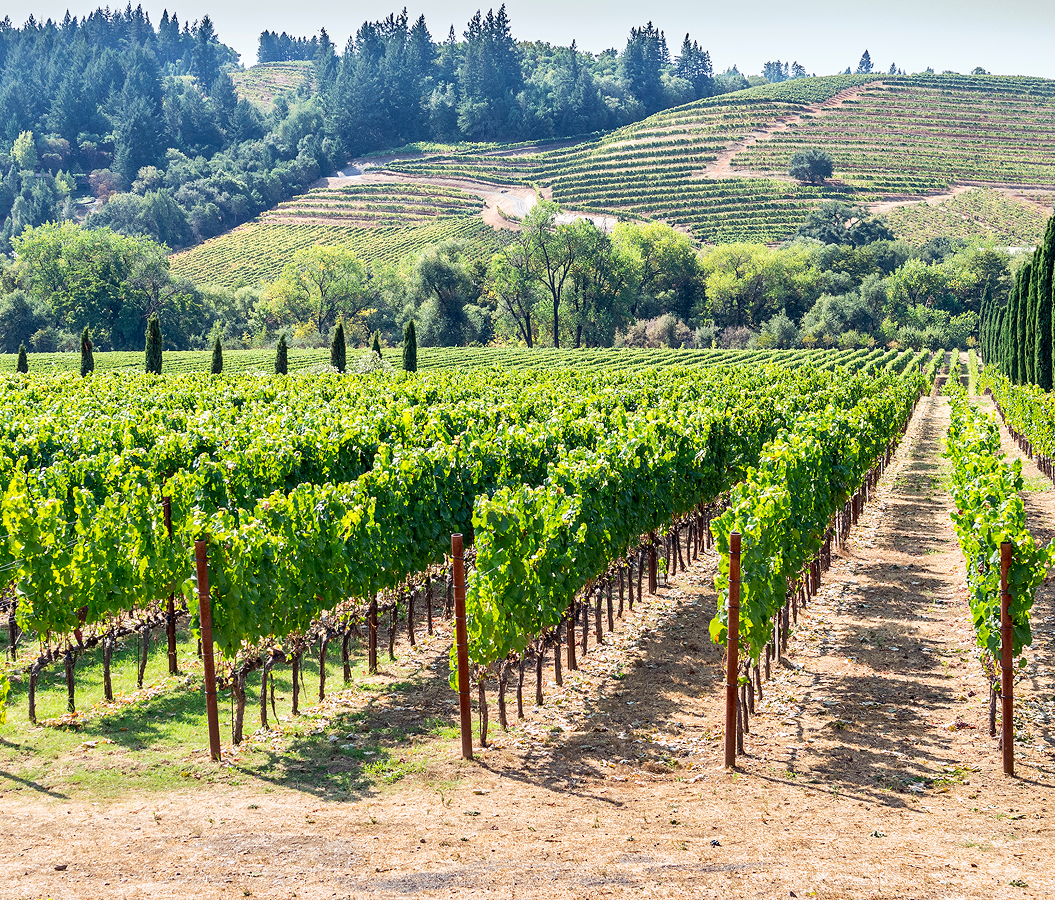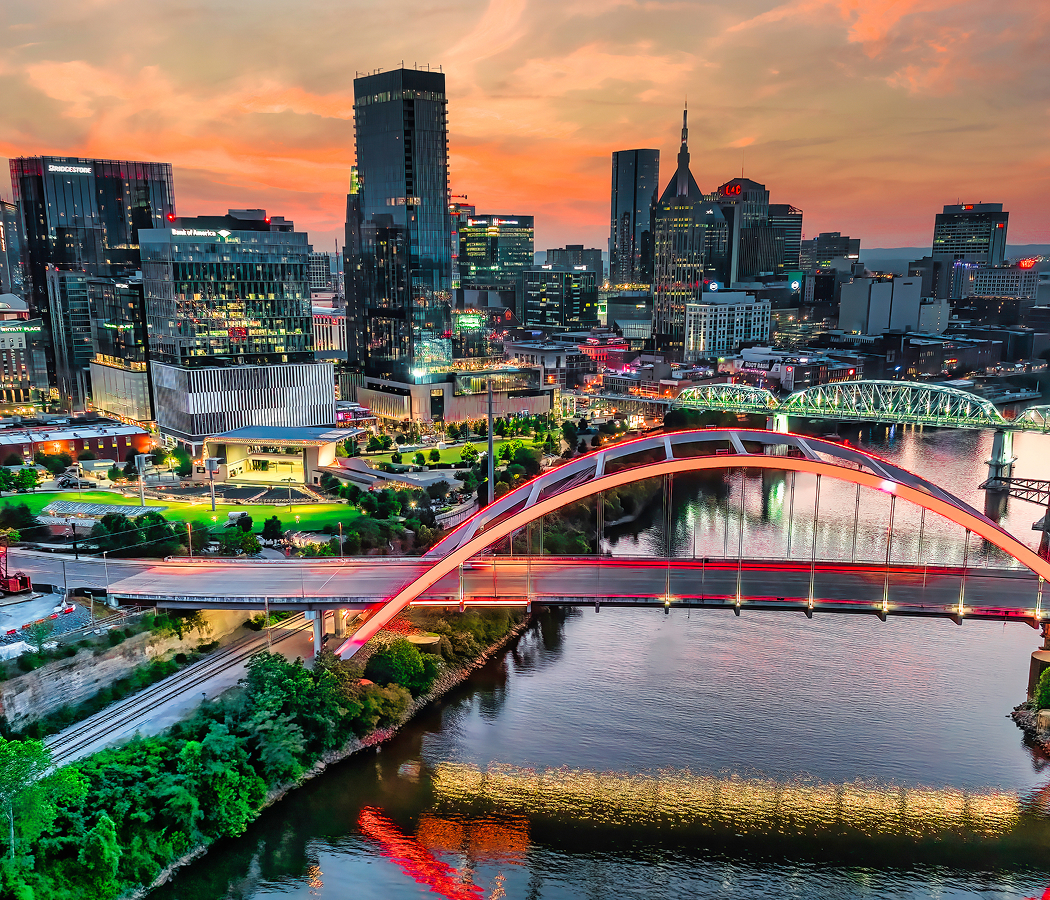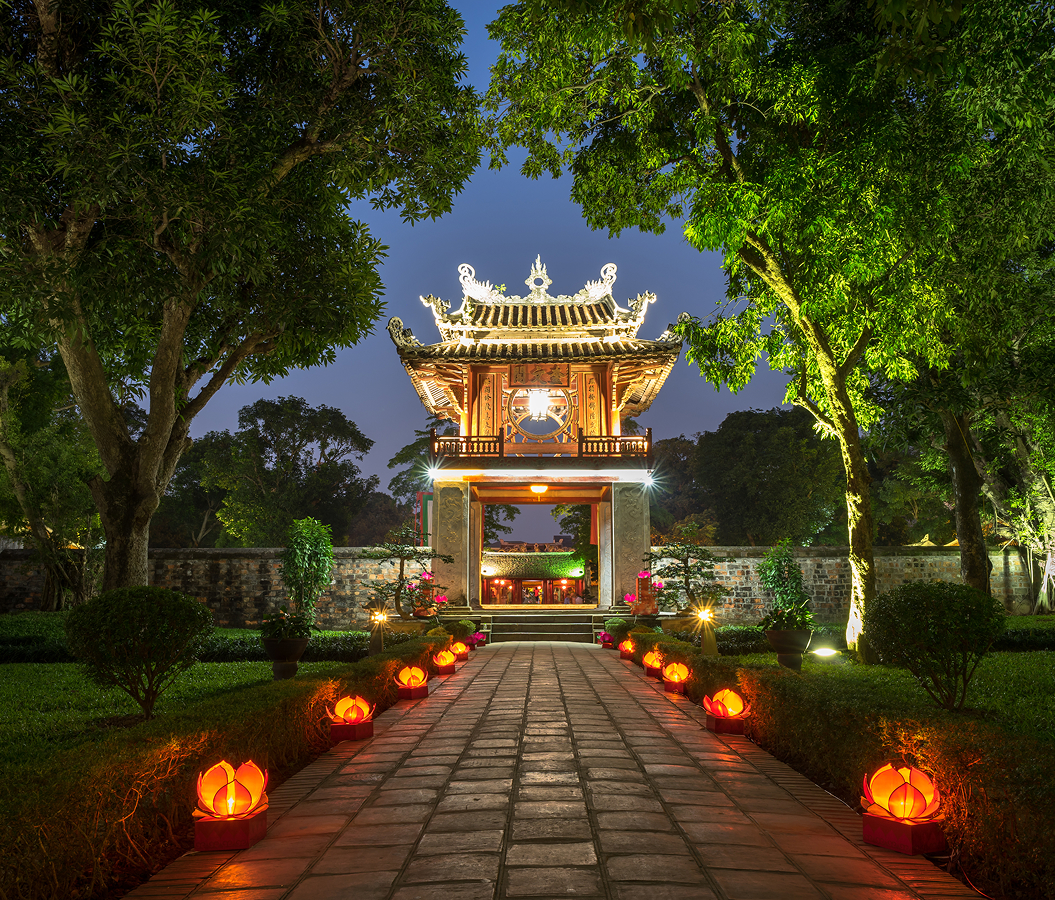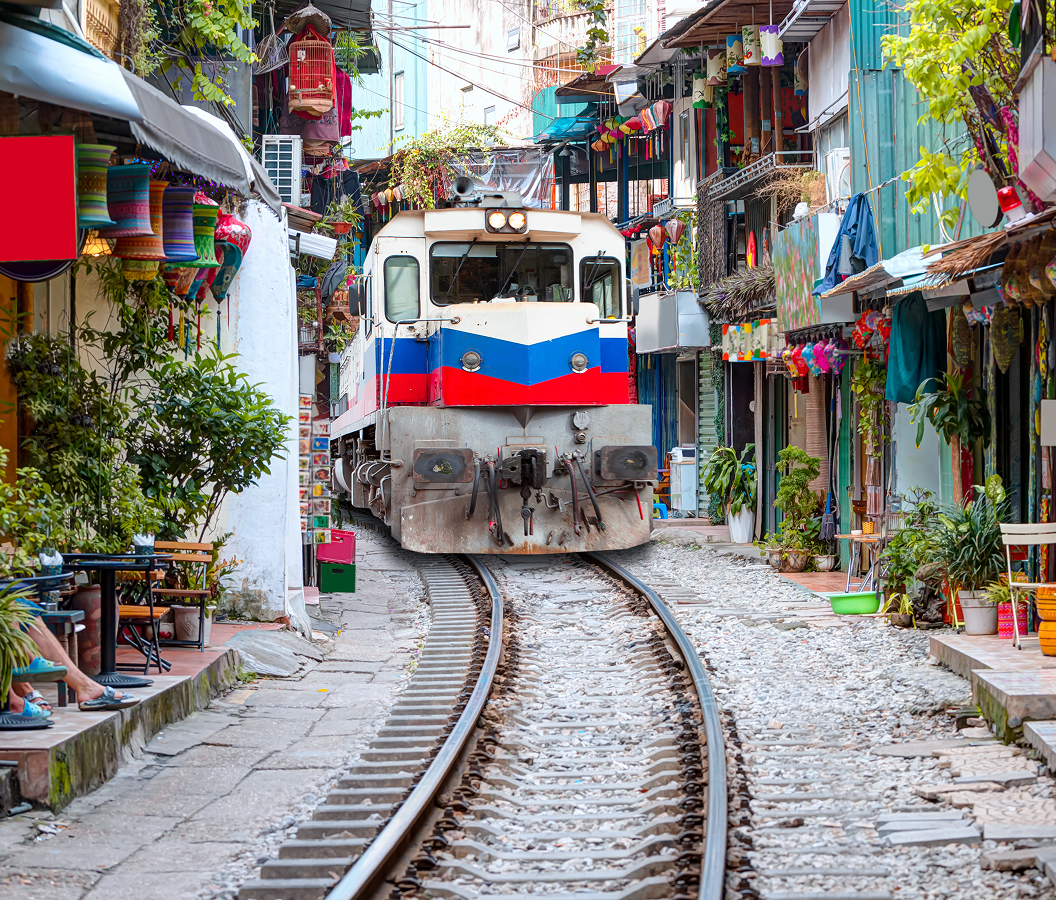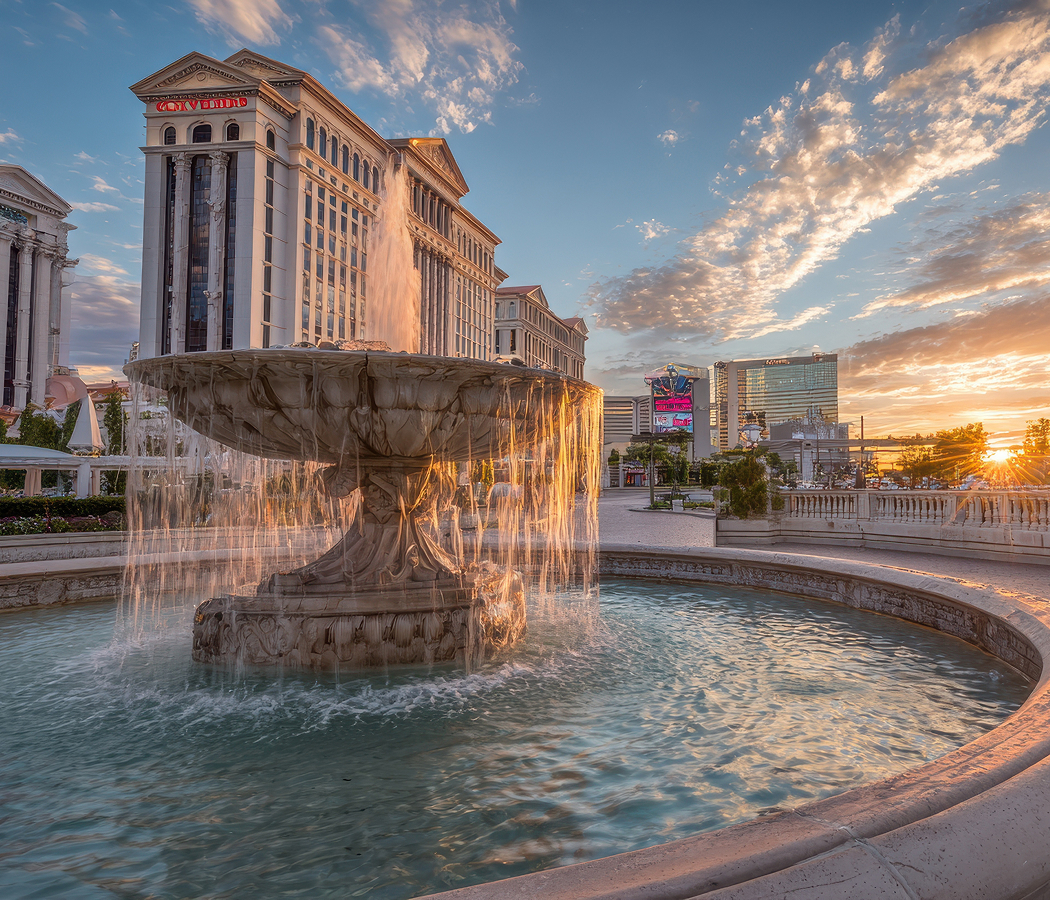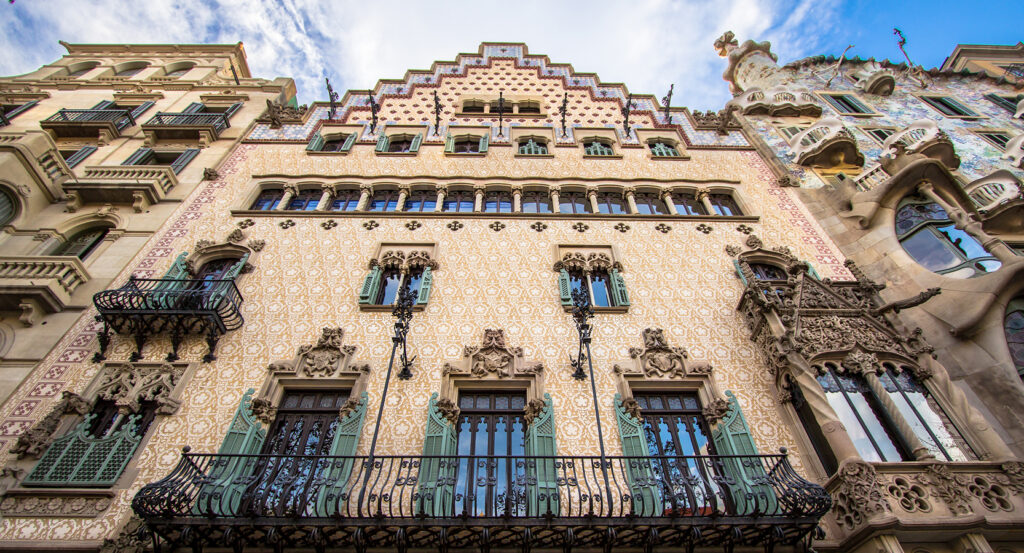
Why you should experience Casa Batlló in Barcelona.
There are buildings that impress — and then there are buildings that seem to breathe.
Casa Batlló, standing along Barcelona’s elegant Passeig de Gràcia, is the latter: a masterpiece by Antoni Gaudí that feels alive with color, rhythm, and imagination. Its façade ripples like a living organism, covered in mosaic tiles that shimmer in the Mediterranean light like fish scales. Balconies curve into shapes that recall bones or coral, while the rooftop — crowned with the spine of a dragon — evokes the mythical creature slain by Saint George, the patron saint of Catalonia. Stepping inside feels like entering another dimension, one where straight lines barely exist and every surface seems touched by the sea. Sunlight pours through stained-glass windows, dances off polished wood, and filters down the central light well in waves of blue and gold. Every detail, from the sculpted door handles to the undulating staircases, carries Gaudí’s obsession with blending nature and architecture. Casa Batlló isn’t just a house — it’s a living poem written in tile and light, where imagination reigns over order and art takes the place of logic.
What you didn’t know about Casa Batlló.
Though it looks like it sprang fully formed from Gaudí’s imagination, Casa Batlló began as an ordinary apartment building.
In 1904, textile magnate Josep Batlló i Casanovas commissioned Gaudí to renovate the family’s home, giving him complete creative freedom — and the result was revolutionary. Rather than demolish the structure, Gaudí transformed it from the inside out, reimagining everything from the façade to the ventilation system. He replaced dull brick with trencadís, a mosaic technique made from broken ceramic tiles, glass, and porcelain, recycling discarded materials to create dazzling color gradients that shift from ocean blue to fiery orange. Inside, he designed flowing spaces inspired by marine life: ceilings swirl like whirlpools, windows mimic waves, and staircases resemble the curved spine of a great sea creature. Even the smallest features serve both beauty and function — windows open at specific angles to channel airflow, and the central light well deepens in color from pale to dark blue to maintain visual harmony as light fades downward. Gaudí’s design was so far ahead of its time that it incorporated natural cooling and heating systems still admired by architects today. The rooftop, one of Barcelona’s most recognizable silhouettes, completes the story: its dragon-like curve represents the slain beast from the legend of Saint George, while the cross-tipped turret symbolizes the knight’s victorious lance. Declared a UNESCO World Heritage Site in 2005, Casa Batlló has since been restored with extraordinary precision, allowing visitors to experience Gaudí’s vision through cutting-edge technology. A recent digital installation known as “Gaudí Dome” uses 1,000 screens to immerse guests in the inspirations behind his work — from the movement of waves to the spiral of a seashell. What few realize is that even during Gaudí’s lifetime, the house became a cultural sensation — neighbors called it “Casa dels Ossos,” or “House of Bones,” a nickname born from both admiration and bewilderment. Over a century later, it remains a symbol of fearless creativity, defying convention with every curve.
How to fold Casa Batlló into your trip.
To fully appreciate Casa Batlló, you have to give it time — not just to look, but to see.
Begin outside, preferably in the morning when sunlight catches the glass and ceramics, turning the façade into a mosaic of living color. Take a slow lap around Passeig de Gràcia to absorb the contrast between Gaudí’s organic vision and the stately elegance of neighboring buildings like Casa Amatller. Once inside, let the self-guided audio tour lead you — but don’t rush. Every corner of Casa Batlló reveals new layers: the gentle hum of light refracting through stained glass, the cool curve of a banister that fits perfectly in your hand, the blue-tiled courtyard glowing like a submerged reef. Climb to the attic, known as the Whale Room, where a series of catenary arches evoke the ribcage of a great beast. Then step onto the rooftop terrace — a surreal landscape of mosaic chimneys and the famous dragon’s back overlooking the city. At sunset, the view from here feels almost cinematic as Barcelona glows in amber tones. For a truly unforgettable visit, book the “Magic Nights” experience, where live music fills the rooftop and the building’s façade comes alive with projections that reimagine Gaudí’s dream in motion. Afterward, stroll along Passeig de Gràcia toward Plaça de Catalunya, stopping for tapas and cava at one of the nearby cafés. In a city defined by artistry, Casa Batlló remains its beating heart — proof that when imagination is allowed to run wild, the result is not chaos but harmony, not stone but soul.
Hear it from the Foresyte community.
“Looks like someone built an underwater castle and dragged it up to the street. The balconies look like masks, the roof like scales. You don’t even need to go inside to feel it.”
Where meaningful travel begins.
Start your journey with Foresyte, where the planning is part of the magic.
Discover the experiences that matter most.

